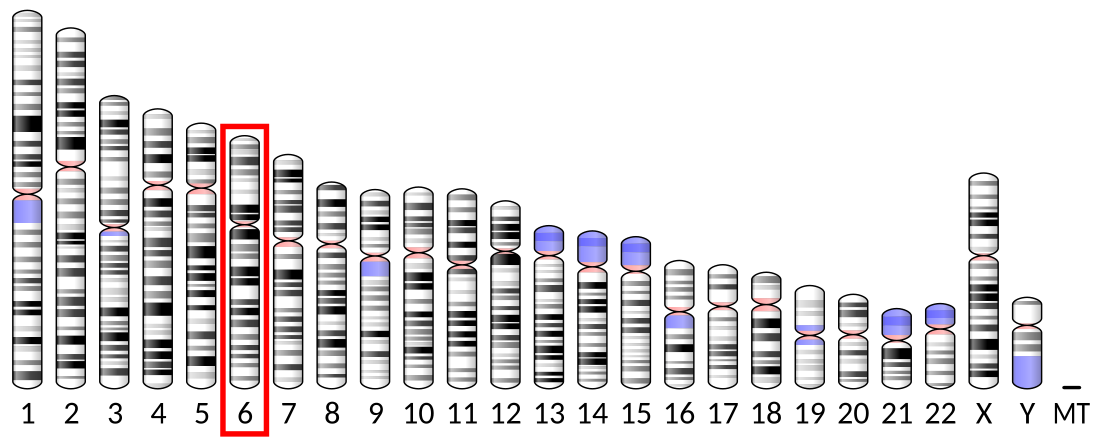Top Qs
Timeline
Chat
Perspective
MTCH1
Protein-coding gene in the species Homo sapiens From Wikipedia, the free encyclopedia
Remove ads
Mitochondrial carrier homolog 1 (MTCH1), also referred to as presenilin 1-associated protein (PSAP), is a protein that in humans is encoded by the MTCH1 gene on chromosome 6.[5][6][7] MTCH1 is a proapoptotic mitochondrial protein potentially involved in Alzheimer's disease (AD).[6][7][8]
Remove ads
Structure
The protein encoded by this gene is named for its structural resemblance to the members of the mitochondrial carrier protein family.[5][7] The MTCH1 gene contains 12 exons and produces four isoforms. These isoforms arise from alternative splicing of exon 8 and two potential start codons, which results in the deletion of 17 amino acid residues in the hydrophilic loop between two transmembrane domains of some isoforms.[9][10] Though they differ in sequence and length, the four isoforms still share a similar topological structure, including six transmembrane domains, one of which is responsible for localization to the outer mitochondrial membrane (OMM), and two N-terminal apoptotic domains. As a result, all four isoforms retain these apoptotic domains and mitochondrial localization, both of which are required for the protein's proapoptotic function.[7][9][10]
Remove ads
Function
MTCH1 is a proapoptotic protein that localizes to the OMM and induces apoptosis independently of BAX and BAK.[6][7] One possible mechanism proposes that its interactions with the mitochondrial permeability transition pore (MPTP) complex leads to depolarization of the mitochondrial membrane, release of cytochrome C, and activation of caspase-3.[5][7] Expression of this protein is observed in 16 different tissue types, indicating that the protein may serve a housekeeping function.[10]
Remove ads
Clinical Significance
MTCH1 may be associated with AD and other neurodegenerative and neuroinflammatory diseases through its close interaction with presenilin.[5][8] However, more research is required to confirm its clinical involvement.[8]
Interactions
References
Further reading
Wikiwand - on
Seamless Wikipedia browsing. On steroids.
Remove ads





